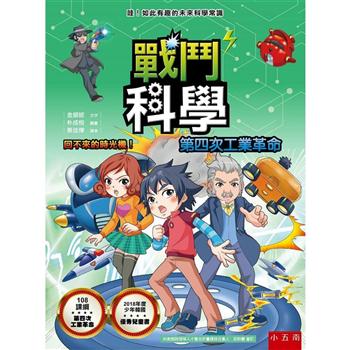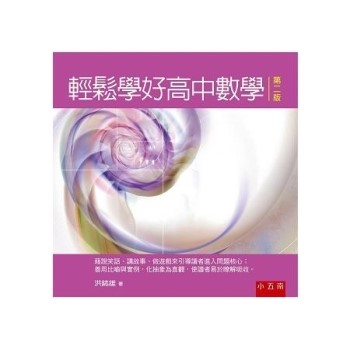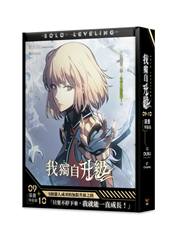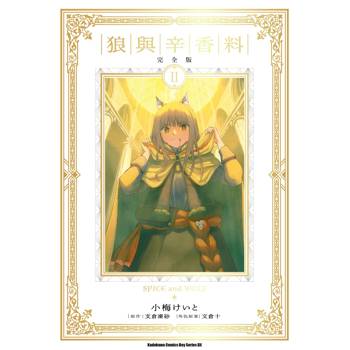| FindBook |
有 1 項符合
Witt and the Boy.的圖書 |
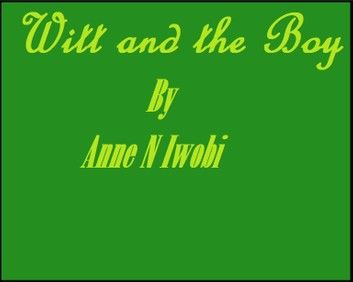 |
Witt and the Boy. 作者:Anne Nwando Iwobi 出版社:Anne N Iwobi 出版日期:2014-08-22 語言:英文 |
| 圖書館借閱 |
| 國家圖書館 | 全國圖書書目資訊網 | 國立公共資訊圖書館 | 電子書服務平台 | MetaCat 跨館整合查詢 |
| 臺北市立圖書館 | 新北市立圖書館 | 基隆市公共圖書館 | 桃園市立圖書館 | 新竹縣公共圖書館 |
| 苗栗縣立圖書館 | 臺中市立圖書館 | 彰化縣公共圖書館 | 南投縣文化局 | 雲林縣公共圖書館 |
| 嘉義縣圖書館 | 臺南市立圖書館 | 高雄市立圖書館 | 屏東縣公共圖書館 | 宜蘭縣公共圖書館 |
| 花蓮縣文化局 | 臺東縣文化處 |
|
|
Using reincarnation, a court scene, a grieving mother, romance and a self absorbed genius, this screenplay, sets out to prove, that on April 1926, the genius, reknown philosopher and neurotic, Ludwig Wittgenstein, an Austrian from a highly privileged background, did kill his eleven year old student, Josef Heidbauer, a haemophiliac, by twice striking him a blow to the head, out of sheer explosive temper. This true historical event was to become known as Der Vorfall Haidbauer or The Haidbauer Incident.
So, what, happened in the classroom that day?
Some things are known. The incident happended in Otterthal, lower Austria, an agricultural farming community of only several hundred inhabitants.
Josef, was an only child to a single parent mother. He was a slow witted boy, no doubt, as a result of his illness. Wittengenstein, had no time for the less intellectually able.
Incontrovertibly, during a morning lesson, Wittgenstein did hit Josef on the head to the point of rendering him unconscious. The incident was witnessed by his pupils. After assaulting the boy, Wittengenstein, carried Josef, still unconscious, to a place of saftey (the headmaster’s office) and hastily departed from the scene, leaving his wealthy connections to eventually clear him of the crime, without a proper court trial ever taking place.
It was while making his rapid escape out of the village school, that Wittgenstein bumped into Mr Piribauer, a farmer and a parent of one of his pupils. On a previous ocassion, Witt had also maltreatreated Mr Pirbauer's daughter, Hermine, by both pulling her ears, making it bleed and hair, that some fell out. Mr Piribauer, called to the school as a result of Josef, whose mother was his maid, began raining insults upon Witt for his barbaric method of punishing children.
Soon after the incident, Witt took up a position as a gardener, at the Brothers of Mercy monastery in Hütteldorf. Was he seeking divine forgiveness?
Josef’s haemophilia was of a severe type. In cases of acute haemophilia, the sufferer bleeds for days or weeks even, after an injury. Often, the injury never heals.
In areas, such as the brain (which is where Witt struck Josef), injuries of that nature, can be FATAL or permanently debilitating. Josef’s injury, as a result of being struck by Witt, resulted in an epidural haemorrhage, usually caused by trauma of this sort. This possibly lacerated an artery, leading to a loss of consciousness (which Josef did have), followed by moments of lucidity, THEN a sudden deterioration typified by vomiting, restlessness and loss of consciousness again.
It must be said in Witt’s defence, that in the era he lived in, there was no effective medical treatment for severe haemophilia and many of its victims did not survive beyond the age of eleven. Joseph Haidbaur, died aged 14.
Whilst corporal punishment was de rigeur in those days, at the very least, Wittgenstein stands accused of manslaughter for the eventual death of Josef Heidbauer some years later, following violently striking an already sick child on the head.
|
